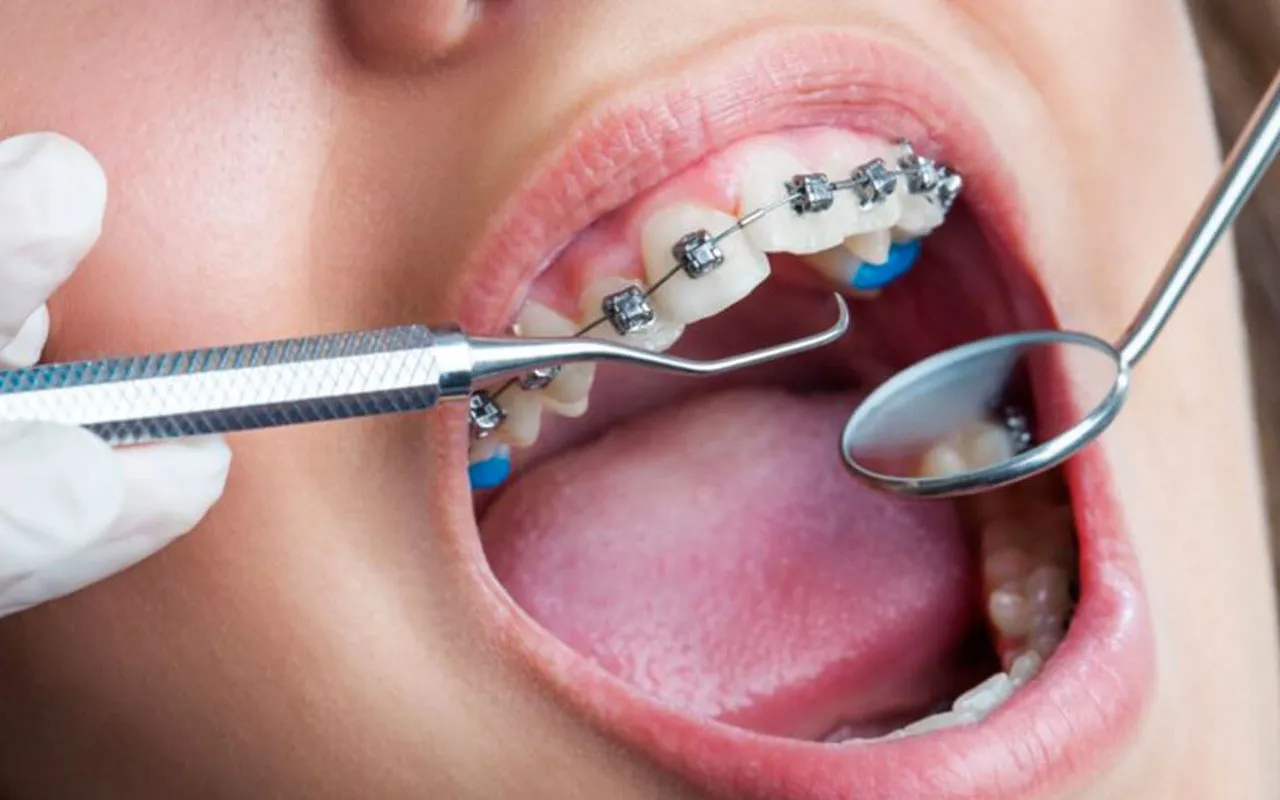
Skip the Waiting Room!
Make an Appointment in Advance
We have up-to-date programmes, contact details and allow you to make appointments online.
Orthodontic Treatments
Orthodontics is a branch of science that deals with the diagnosis, treatment and prevention of jaw, teeth and facial disorders. Orthodontic treatment helps the jaw development in young children and helps the teeth to be in the correct positions, while in adults, it provides correction of existing crowding and bite irregularities, as well as jaw facial disorders.
With orthodontic treatment, you can have a healthier mouth, a more impressive appearance and teeth that will stay in your mouth longer. In addition, orthodontics works in collaboration with various branches of medicine and dentistry in the treatment of congenital or acquired jaw and facial disorders.
Many people have crowded or crooked teeth. Orthodontic treatment will straighten the teeth or move them into a better position. This improves the appearance of the teeth and the way the teeth fit together, while also making them easier to clean.
Some people's upper front teeth are protruding and unsightly. These 'protruding' teeth are more likely to be damaged, but orthodontic treatment can bring them back into alignment. Or the way the upper and lower jaws come together can make the teeth look unsightly and cause an incorrect bite. Orthodontic treatment can correct both of these problems.
When teeth do not meet properly, this can strain the jaw muscles, causing jaw and joint problems and sometimes headaches. Orthodontic treatment can help you bite more evenly and reduce tension.
The best time is usually in childhood, but adults can also undergo orthodontic treatment - and more and more people are doing so. Age is less important than having the right number of teeth. In children, it may be necessary to wait until enough teeth have erupted before starting treatment.
Your dentist can perform orthodontic treatment. Or they can send you to a specialist with extra qualifications. The specialist can be in a dental practice or hospital department and is called an orthodontist.
The most important thing is to have a full examination. This usually involves looking at your teeth, taking dental x-rays and making plaster models of your teeth.
Your dental team or orthodontist will then discuss which treatment is possible. Once you are sure you want to proceed, you can start treatment as soon as you have enough permanent teeth.
Do you want to get advice from doctors?
Contact Us Now
We will contact you immediately. Within 24 hours we provide immediate feedback.

